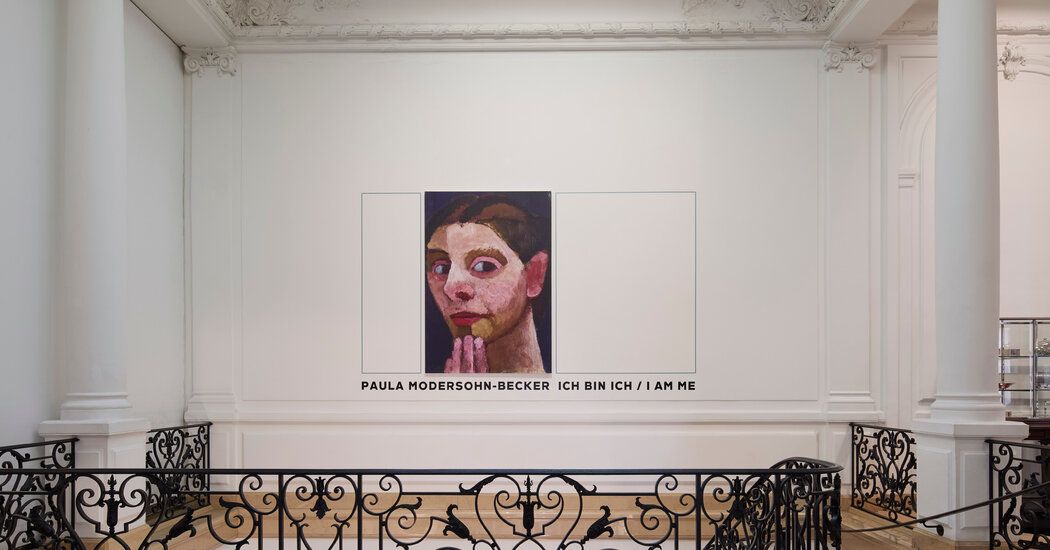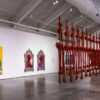
An Exultant Discovery at the Neue Galerie
An exultant sense of discovery propels the through line of “Paula Modersohn-Becker: Ich Bin Ich / I Am Me,” a magnificent exhibition at the Neue Galerie that, surprisingly, marks the German artist’s first showcase in an American museum. This exhibition is set to travel to the Art Institute of Chicago in October.
A Short Yet Impactful Career
During a career tragically cut short by her death in 1907 at the age of just 31, Paula Modersohn-Becker scrutinized a vast array of subjects. One of her paramount subjects was herself. Her 60 self-portraits, which are among her most celebrated works, are notable for their candid nature. She is believed to be the first Western female artist to depict herself in the nude. In many other self-portraits, she holds a flower or a fruit, reminiscent of a saint or a noble figure in a Renaissance painting, yet she manages to look unmistakably modern.
Modernism Rooted in Tradition
Only a generation separates Modersohn-Becker from Mary Cassatt and Berthe Morisot, who shared her affinity for painting mothers and children. However, while the Paris-based Impressionists depicted the bourgeois occupants of drawing-rooms, Modersohn-Becker, who visited Paris devotedly, focused on the primal essence of human experience.
Early Works and Influences
Her early drawings, created between 1898 and 1899, depicted the residents of Worpswede—an artist’s colony in northern Germany—with a particular focus on women and children. These works capture the harsh realities and vulnerabilities of her subjects. Credit: Annie Schlechter
It was during a visit to the Trocadéro ethnographic museum in Paris in 1906 that she discovered, a year before Picasso, the profound power of African masks. She was also absorbing influences from Courbet, Cézanne, and Gauguin. These varied influences converge in paintings such as “Kneeling Mother With Child at Her Breast” from 1906, where a dark-skinned, blocky woman suckles a white infant—perhaps an allusion to the nourishment she derived from African art—and “Reclining Mother with Child II” from the same year, depicting a nude woman in a fetal position nursing a naked baby.
Gift for Channeling Traditions
These works were produced near the end of her life, yet even at the outset, Modersohn-Becker demonstrated a talent for adapting traditional methods and tropes to fit her unique sensibility. In 1898 and 1899, while sketching nude models in the classical manner, she also used charcoal to memorialize the farmers, peat diggers, and charity cases in Worpswede, the rural village in northern Germany that she inhabited intermittently throughout her life.



